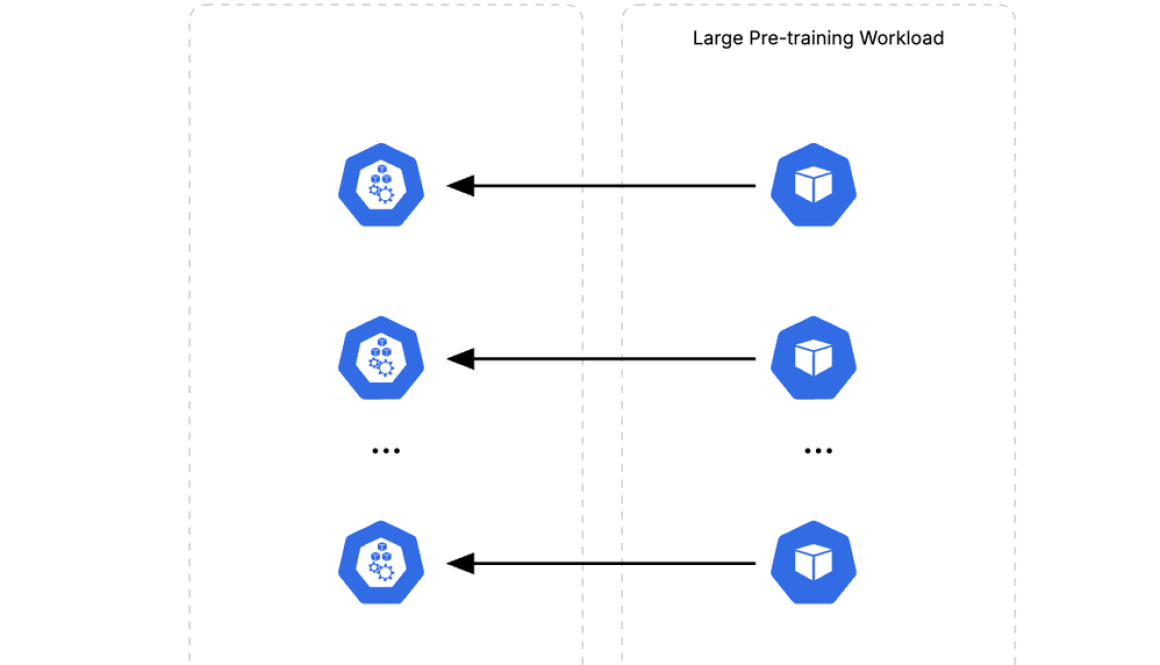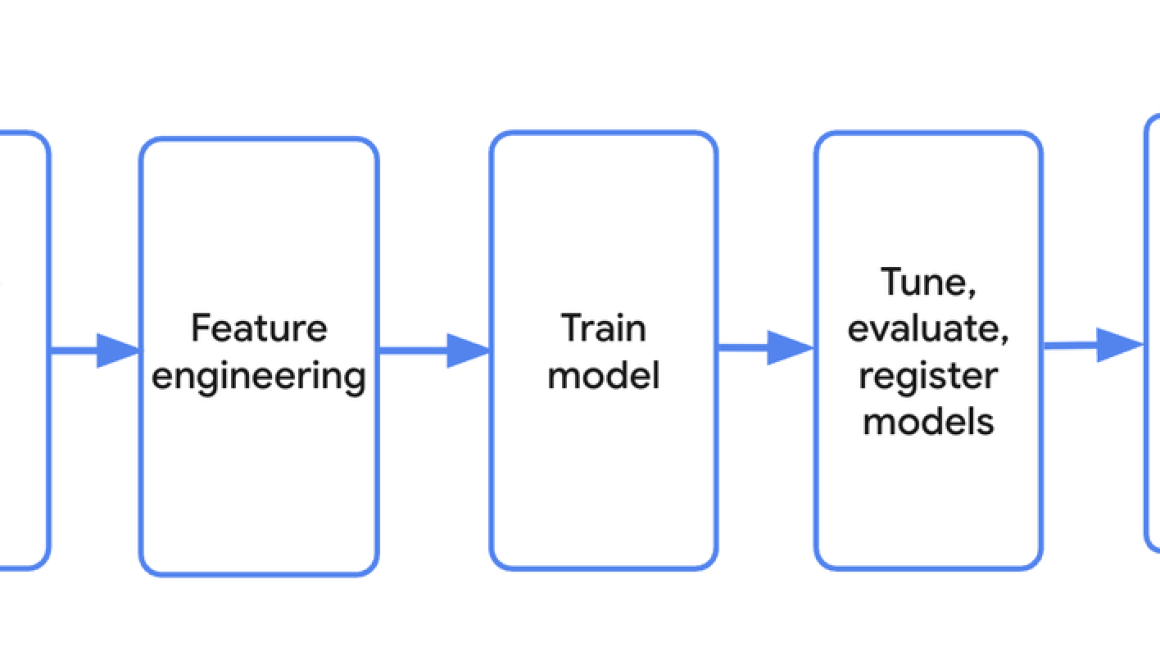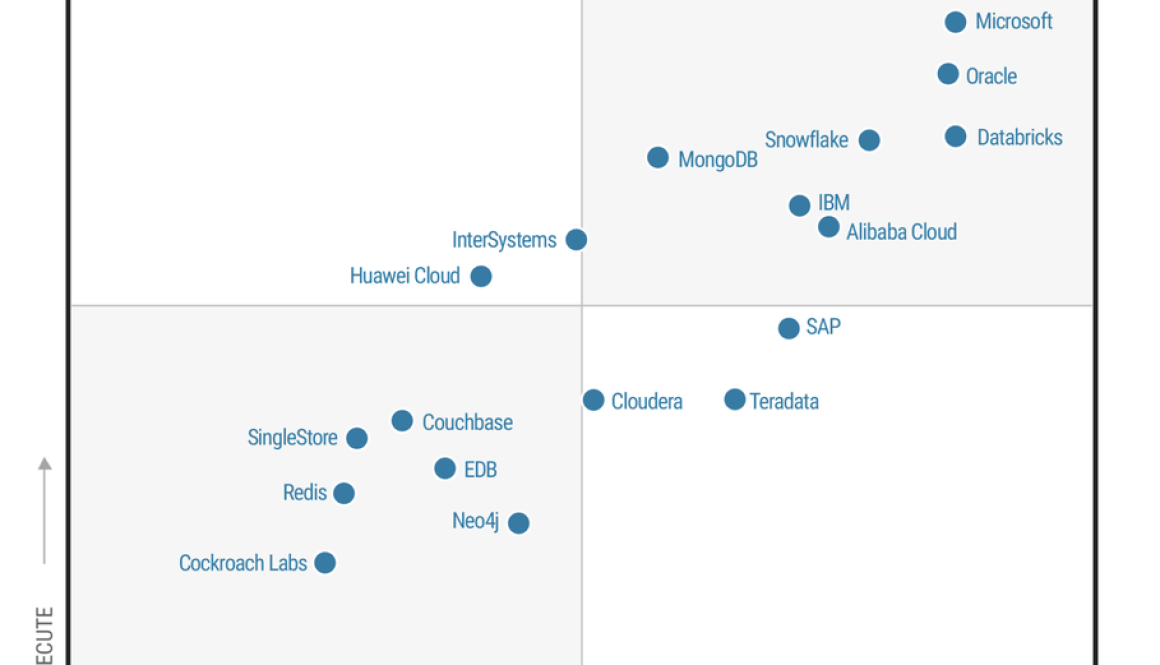A data and AI foundation for the agentic enterprise
Your organization’s ability to take advantage of AI will depend on your enterprise data strategy. Agents require a new data foundation that combines analytical platforms for their rich historical petabytes of data with high-performance transactional databases for real-time actions. Agents need to be firmly grounded in governed, enterprise data so that they can generate trustworthy output. Siloed, fragmented data stacks struggle to offer these capabilities.
Google’s Data Cloud is anchored by the integration of BigQuery as the analytical engine, databases such as Spanner and AlloyDB for operational processing, Looker for business intelligence, and Dataplex Universal Catalog for data management and governance. It is designed with a single, unified vision where operational, analytical, and AI systems co-process as one native fabric. With AI infused in every layer, the platform automates tasks across the entire data lifecycle. Grounded in business context and enterprise data, it delivers trusted intelligence at scale. This active foundation continuously adapts with real-time intelligence, empowering teams to build next-generation intelligent applications and agentic experiences, while minimizing complexity.
Let’s review three benefits enterprises realize when they operate on a unified, AI-native Data Cloud, along with our latest innovations to help you thrive in the agentic era.
Accelerate time to market with autonomous design
To move quickly in the agentic era, your organization must remove manual processes that separate data from AI-driven actions. Our AI-native Data Cloud brings the power of AI directly to your data to fuel autonomous, agentic systems. This is timely, as customers are increasingly shifting to AI-driven workflows, as evidenced by a 27x increase in the volume of data processed in BigQuery with Gemini.
We are delivering on this vision by embedding a set of specialized agents directly into the platform. We provide a specialized, autonomous data agent for every kind of data user — from data scientists and engineers to business analysts. These include the Data Engineering Agent to automate complex pipelines, the Data Science Agent to execute ML modeling without manual setup, and the Conversational Analytics Agent to empower any user in your organization to get answers using natural language. These agents form a collaborative AI agent network that can power end-to-end data workflows.
Your developers also have the tools they need to build agents tailored to your specific business processes, for example, the new Data Agents API and Agent Development Kit (ADK). Gemini CLI extensions allow data teams to use natural language for complex analysis, and Agent Analytics in BigQuery, built using ADK, lets you capture, analyze, and visualize agent performance, user interaction, and their associated costs.
These capabilities deliver business results. Lowe’s implemented an AI-first strategy on Google’s Data Cloud for their e-commerce site and mobile application to improve product discovery for customers who shop with a visual preference. Now customers can now find visually similar products, resulting in more than $15 million in incremental annualized revenue for home decor items and increased sales conversion rates.
Control operational costs on a single governed foundation
Data fragmentation can contribute to high AI costs. Google’s Data Cloud is an integrated platform that connects all your operational and analytical workloads, including easy integration with Vertex AI, our platform for building AI models and agents. This minimizes redundant data movement and storage and creates a more efficient economic model. In fact, according to our analysis, it can be eight to 16 times more cost-efficient to run data and AI workloads on the single BigQuery and Vertex AI platform rather than on separate, disconnected systems.
In the age of agents, trust and compliance are paramount. Disconnected data and AI have the potential for significant governance risk: the threat of data leakage, agent hallucinations, biased outcomes, and regulatory non-compliance. Effective governance helps ensure these agents’ integrity. At the same time, the platform’s governance and knowledge engine creates an active AI catalog across your cloud estate, providing you with a deep understanding of your data environment. AI agents can use this catalog to identify the correct datasets to use with over 50% greater accuracy than traditional methods, reducing errors and improving trust.
We continue to deliver new features that reinforce this foundation. For instance, with AI, context is everything, but providing that context can be complicated when you’re training agents on multimodal data such as text, video, and images. To help, we’ve unified a full range of AI capabilities within BigQuery. Whether you want to build machine learning models, process massive amounts of unstructured data with generative AI, or build retrieval augmented generation (RAG) applications using vector embeddings and hybrid search, you can now do it directly where your data lives. Spanner’s vector search, meanwhile, ties together complex multimodal queries, letting your teams consolidate full text search, graph, and vector workloads onto a single system.
At the same time, autonomous, mission-critical applications such as ones that rely on real-time financial transactions or perform global inventory updates need to be built on a proven database. Spanner’s new columnar engine unifies transactional and analytical processing, with analytical queries running up to 200x faster on live operational data.
Google (Spanner) ranked in the highest three across all use cases in the 2025 Gartner Critical Capabilities for Operational Cloud DBMS report, including #1 in Lightweight Transactions. And Google (BigQuery) ranked #1 for the Event Analytics use case in the 2025 Gartner Critical Capabilities for Analytical Cloud DBMS report, which in our opinion underscores our ability to deliver the real-time data processing required for high-performance, autonomous systems.
You can see the strategic advantage of a unified, governed foundation in Banco BV’s modernization effort. The company migrated from Databricks to Google Cloud to enhance governance, scale their data infrastructure, and meet increasing customer demands, all while strictly managing security. By migrating, centralizing data management, and accelerating AI model testing, they aim to improve business output by 100%.
Future-proof your architecture with an open platform
To ensure their long-term viability and prevent vendor lock-in, your AI investments need a foundation built on open standards. An open platform gives your teams the flexibility to modernize your data ecosystem and build AI-powered systems that can process data across any cloud environment. This approach resolves the trade-off between the flexibility of a data lake and the performance of a data warehouse.
We deliver on the promise of open platform innovation by prioritizing speed, security, and flexibility. AlloyDB is more than four times faster for transactional workloads and provides up to two times better price-performance compared to self-managed PostgreSQL. Plus, you can run it anywhere with AlloyDB Omni, enabling multi and hybrid cloud environments. For your critical Spark workloads, we deliver high performance with Lightning Engine for Apache Spark, now generally available. This engine improves Spark performance by more than four times compared to open-source Spark and it delivers 10% faster query execution than Databricks Photon.
Then, to future-proof your data estate, we keep everything accessible and interoperable through BigLake, our management layer that acts as a unifying fabric for your open data. Our support for open formats, including the recent general availability of the Apache Iceberg REST Catalog, helps your data stay accessible and ready for your future needs.
Our commitment to open innovation is shown by Deutsche Telekom, who modernized over 40 legacy data systems into a “One Data Ecosystem” on Google Cloud to meet stringent German data sovereignty regulations. By using Sovereign Cloud and Apache Iceberg as the core open platform, they established a unified, compliant architecture that provides a single source of truth across services like BigQuery and Spanner, resulting in a 22x performance boost for a key use case.
What’s next?
To learn more about our placement and how we think we can accelerate your data journey, download the complimentary 2025 Gartner Magic Quadrant for Cloud Database Management Systems report.
Gartner, Magic Quadrant for Cloud Database Management Systems, Henry Cook, Xingyu Gu, Ramke Ramakrishnan, Aaron Rosenbaum, Masud Miraz, November 18, 2025
Gartner, Critical Capabilities for Cloud Database Management Systems for Operational Use Cases, Ramke Ramakrishnan, Masud Miraz, Xingyu Gu, Henry Cook, Aaron Rosenbaum, November 19, 2025
Gartner, Critical Capabilities for Cloud Database Management Systems for Analytical Use Cases, Aaron Rosenbaum, Ramke Ramakrishnan, Henry Cook, Xingyu Gu, Masud Miraz, November 19, 2025
Gartner does not endorse any vendor, product or service depicted in its research publications and does not advise technology users to select only those vendors with the highest ratings or other designation. Gartner research publications consist of the opinions of Gartner’s Research & Advisory organization and should not be construed as statements of fact. Gartner disclaims all warranties, expressed or implied, with respect to this research, including any warranties of merchantability or fitness for a particular purpose.
GARTNER is a registered trademark and service mark of Gartner, Inc. and/or its affiliates in the U.S. and internationally, and MAGIC QUADRANT is a registered trademark of Gartner, Inc. and/or its affiliates and are used herein with permission. All rights reserved.
This graphic was published by Gartner, Inc. as part of a larger research document and should be evaluated in the context of the entire document. The Gartner document is available upon request from Google.
for the details.




























